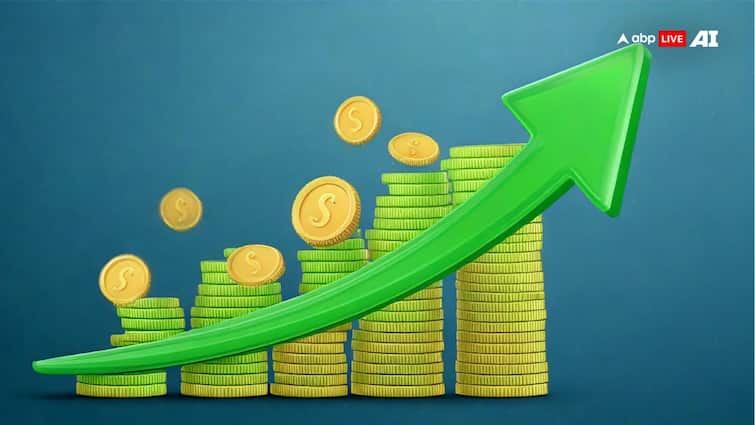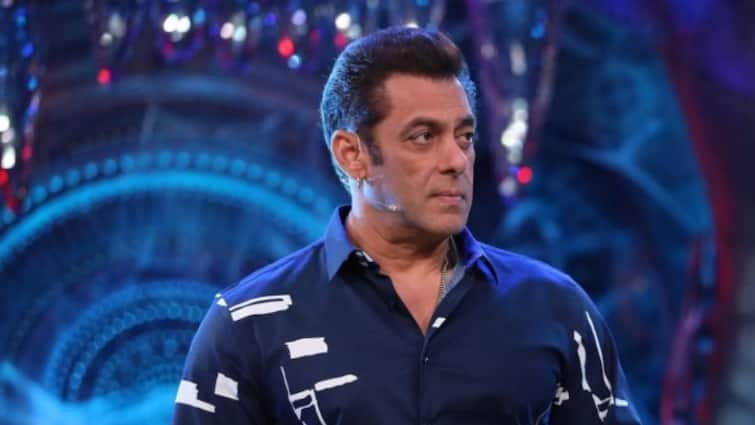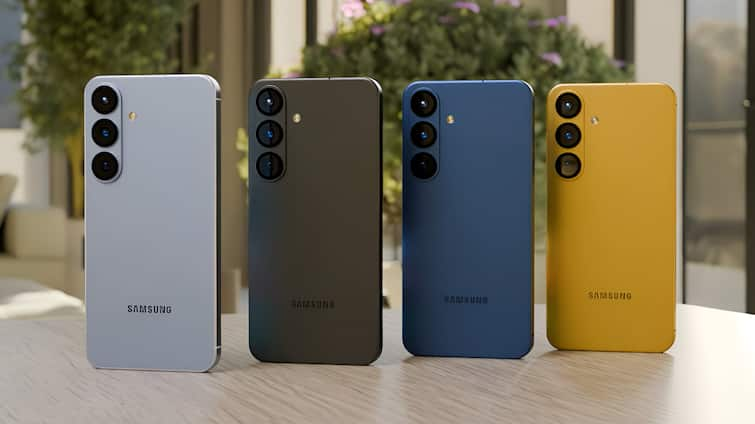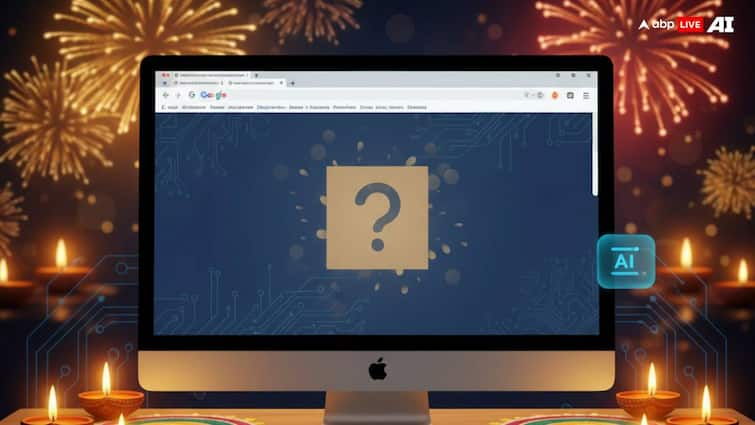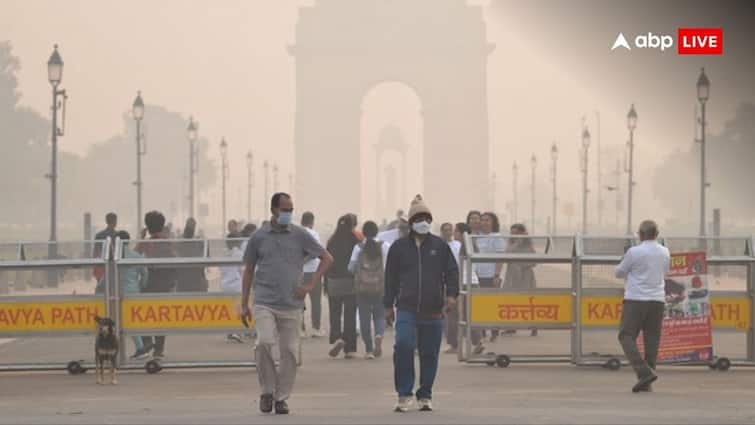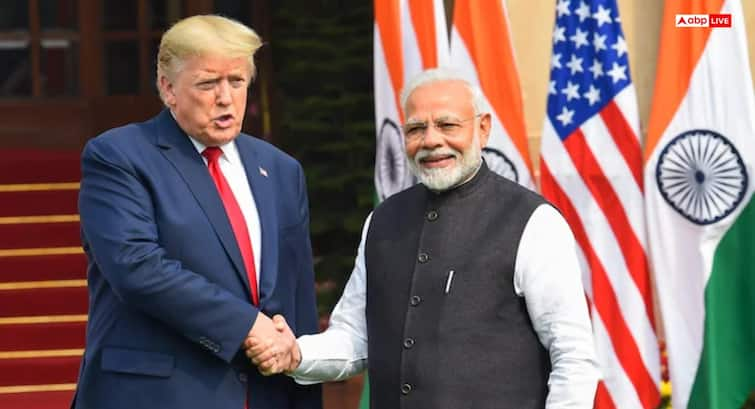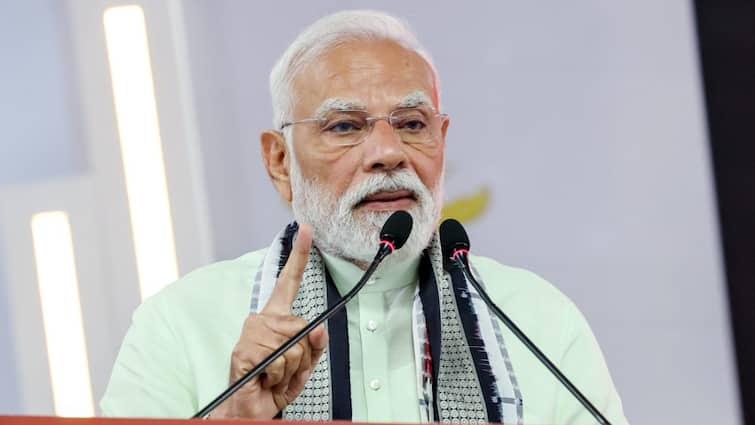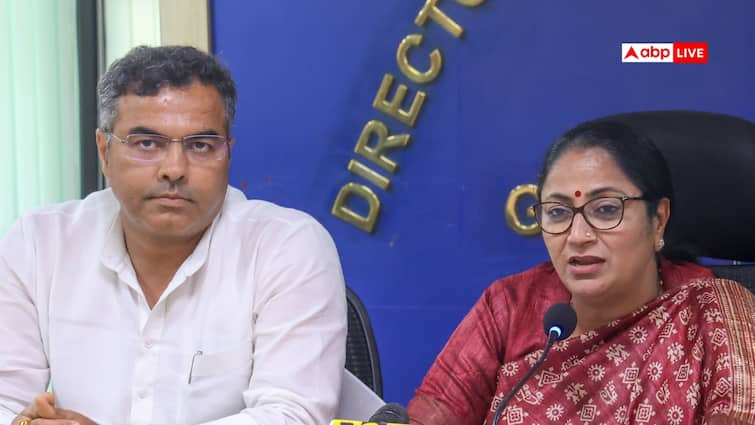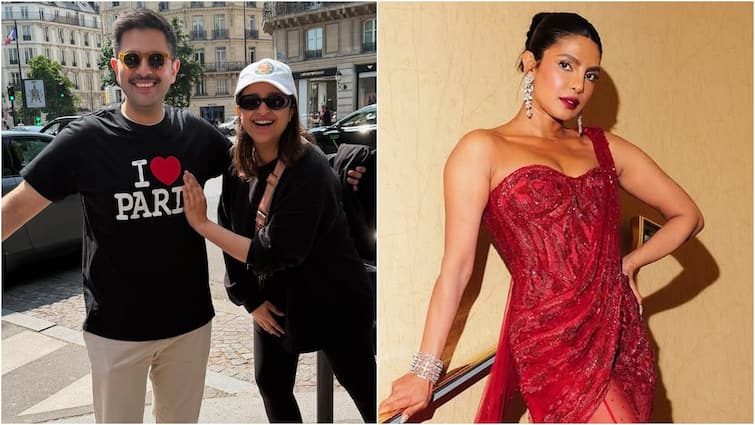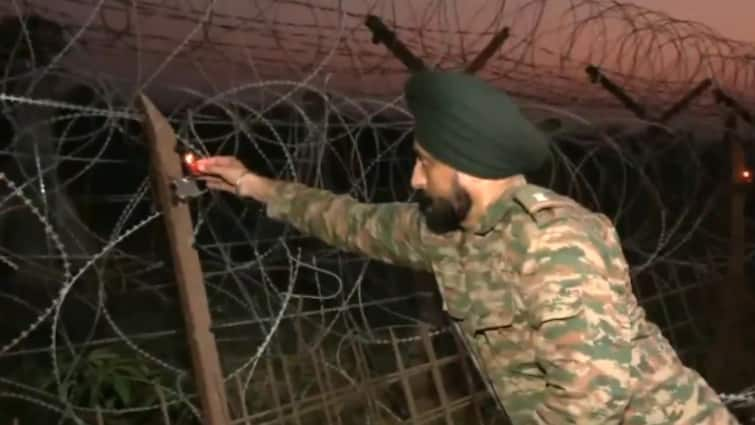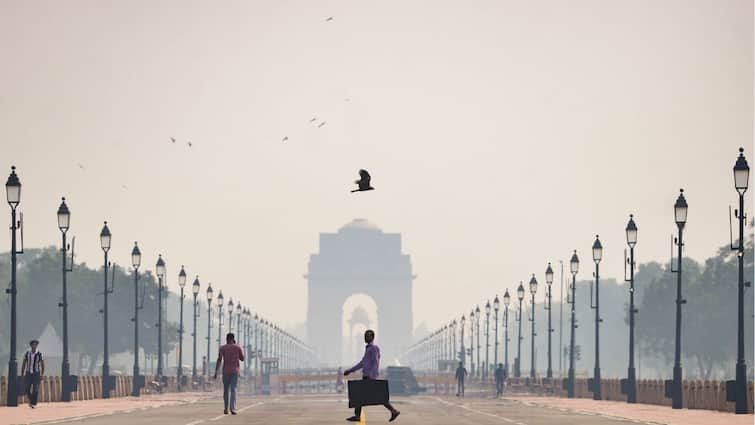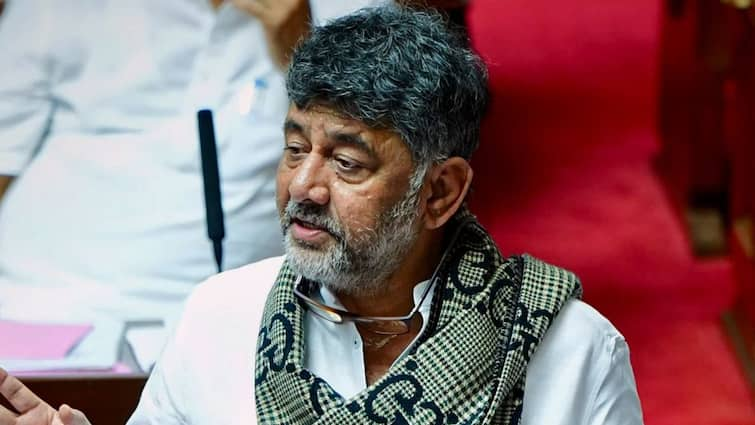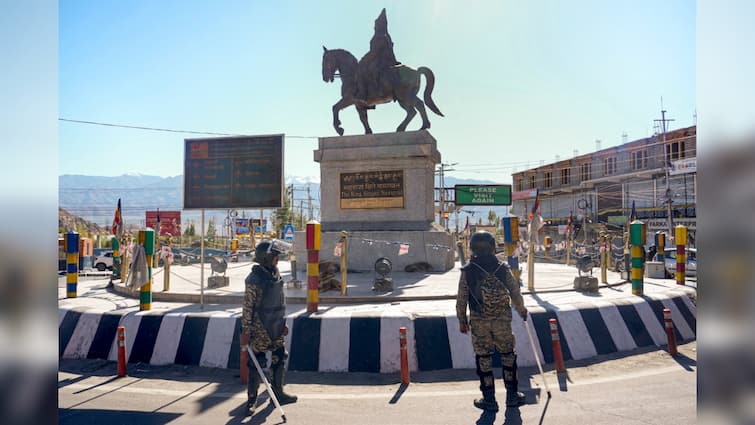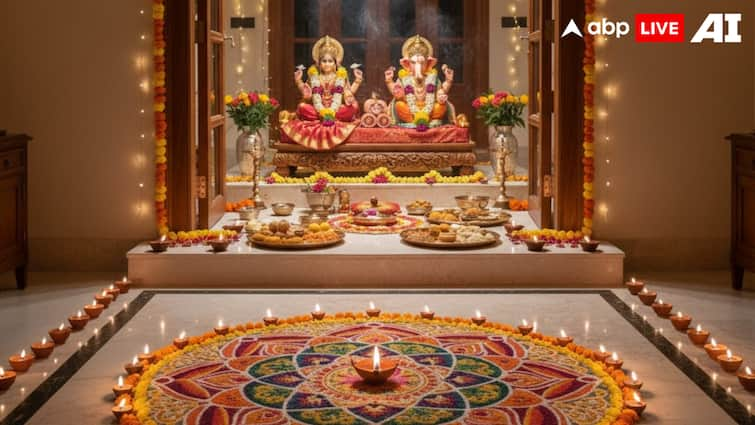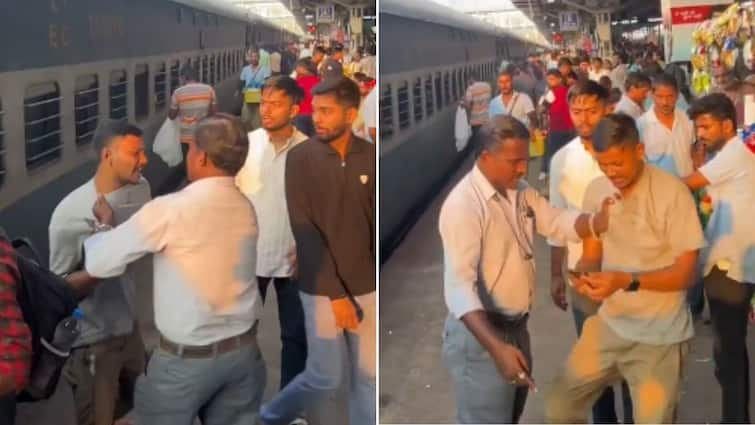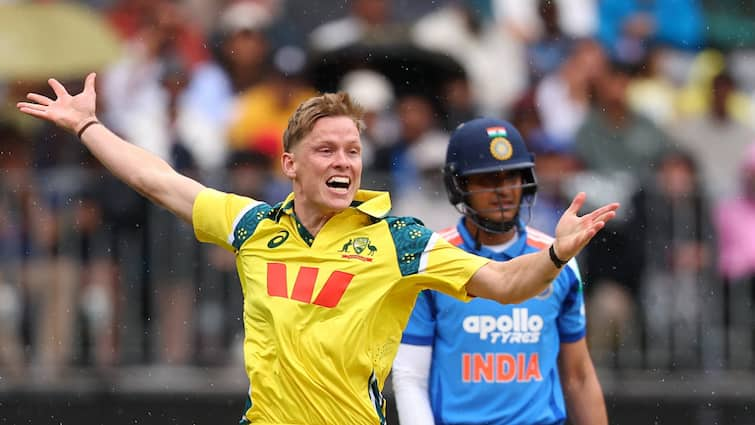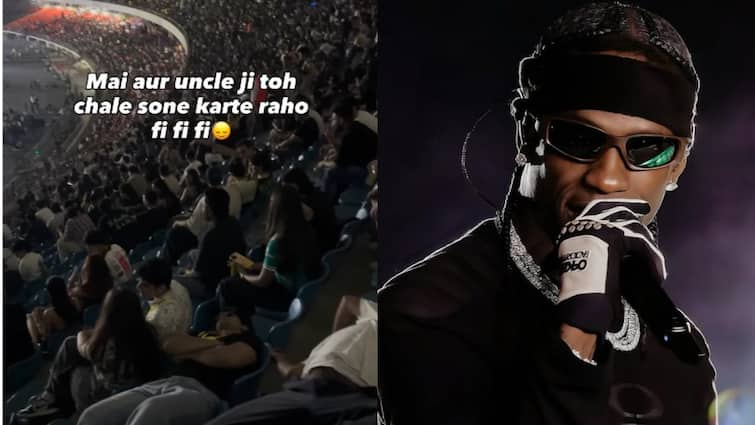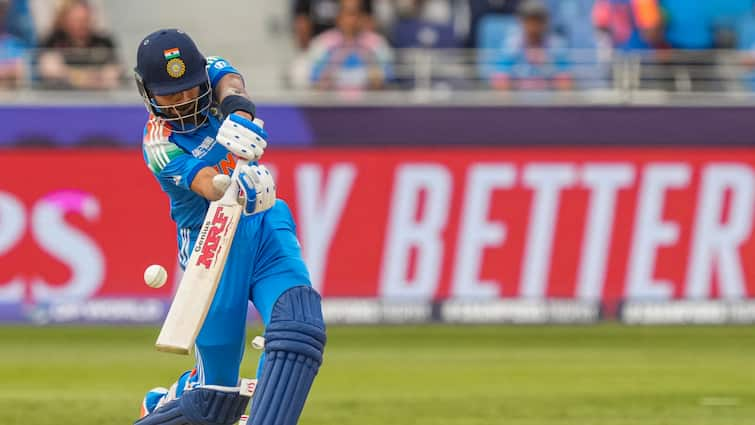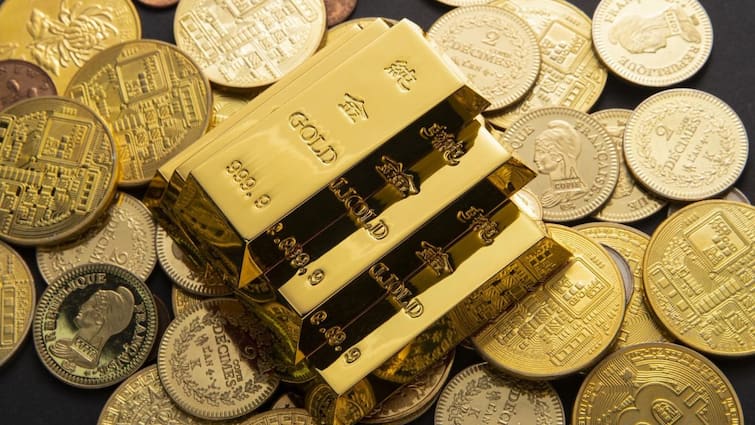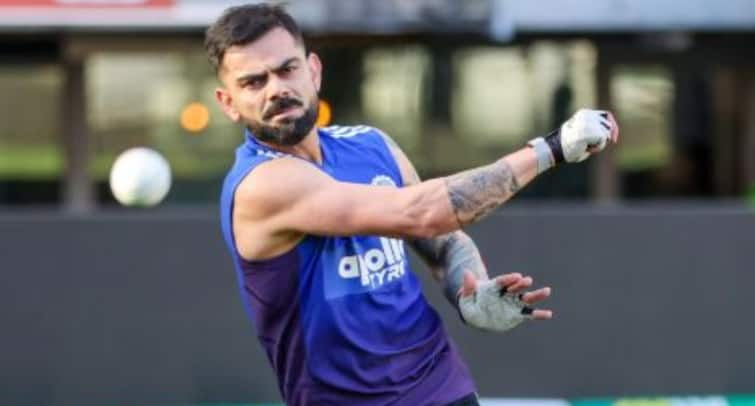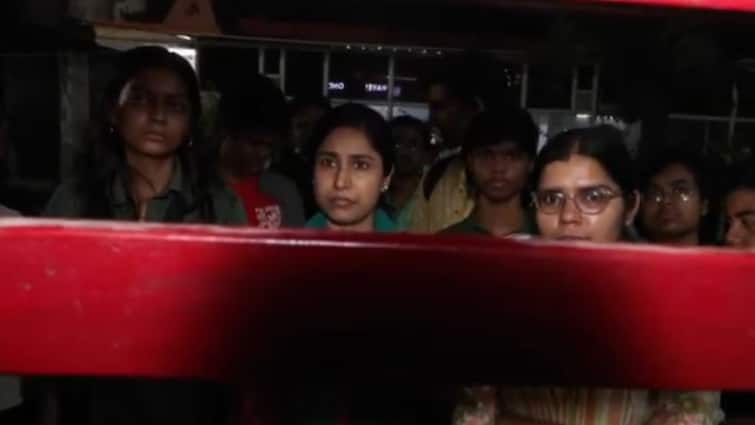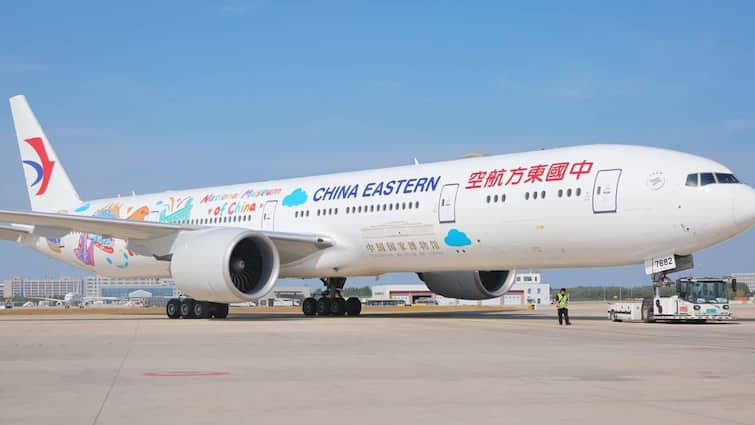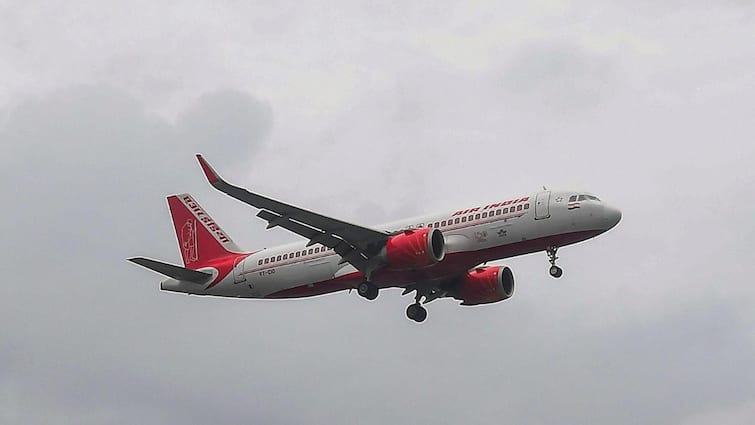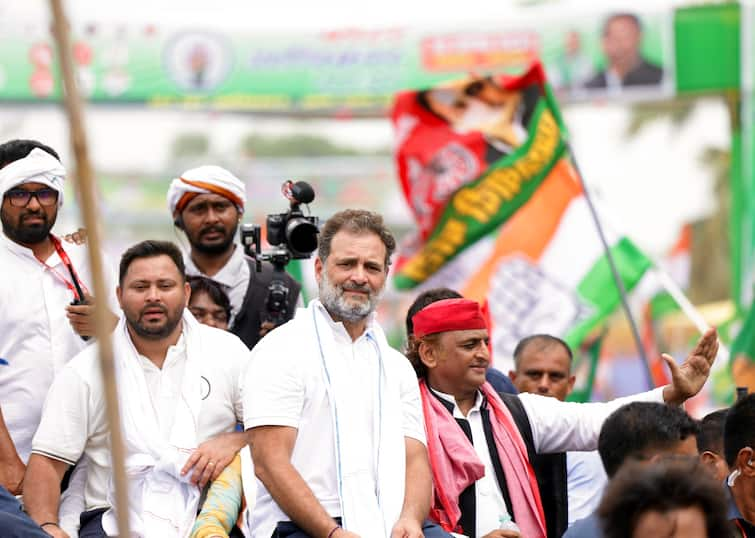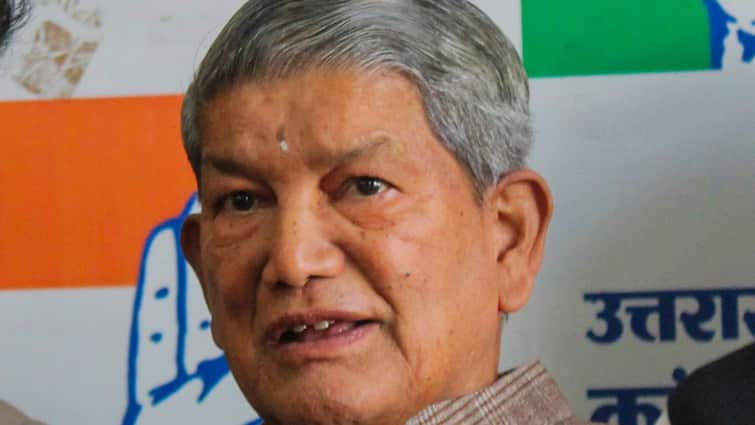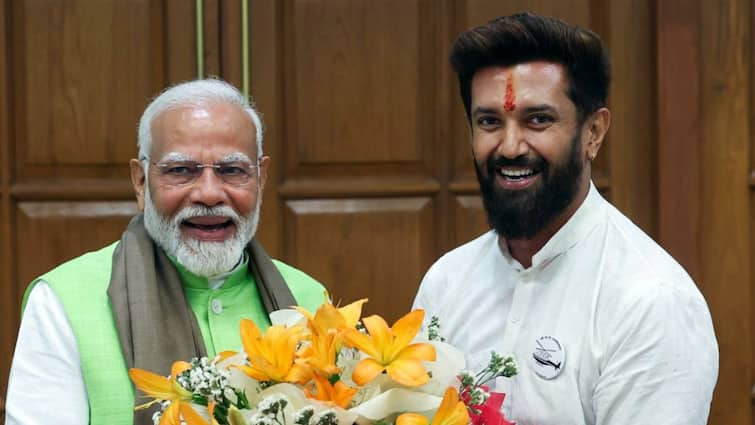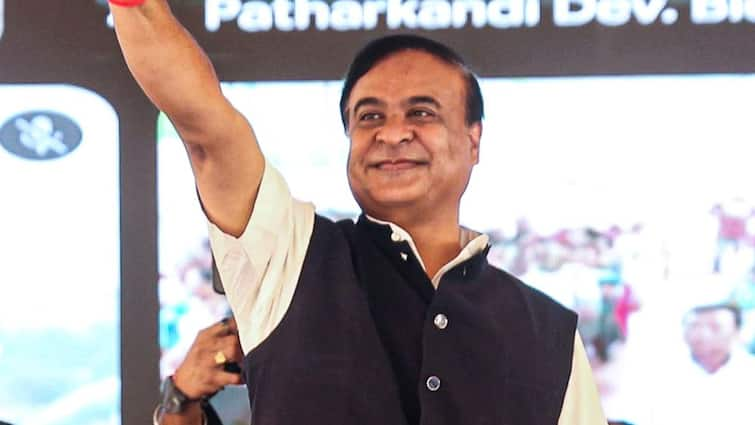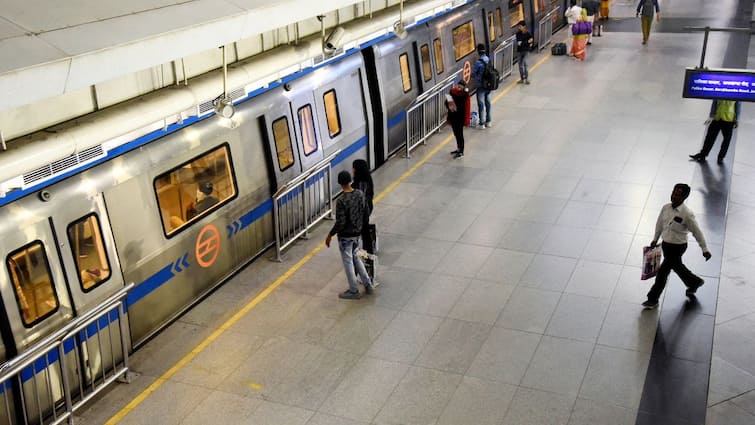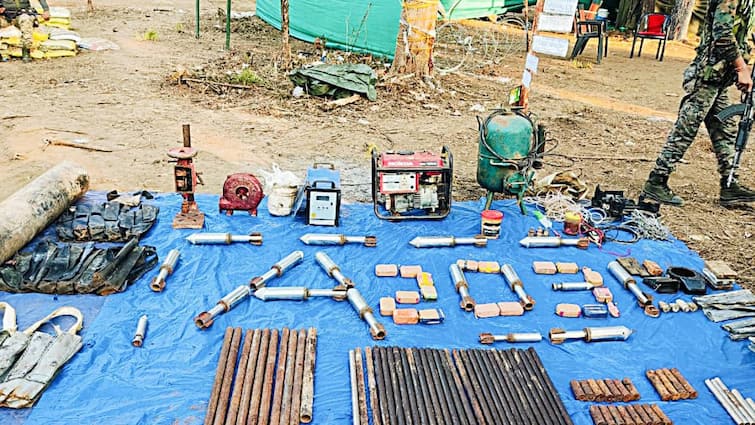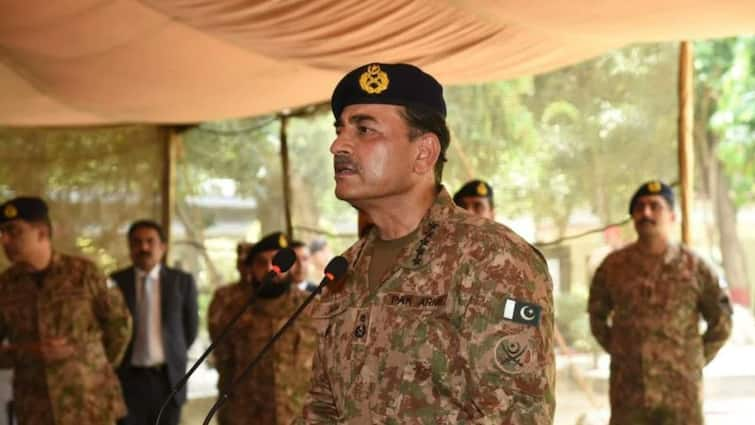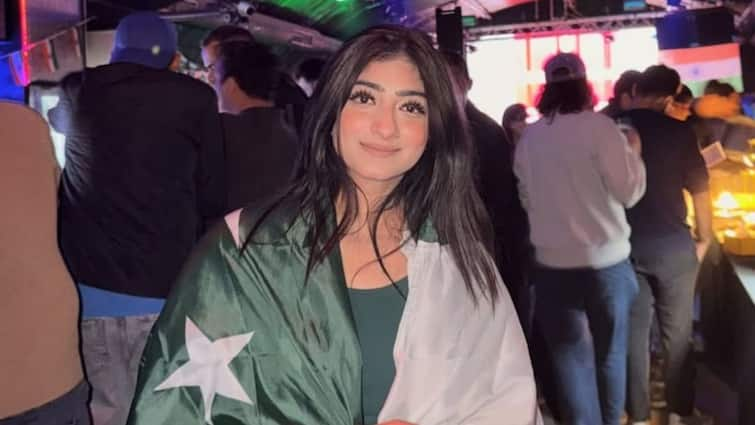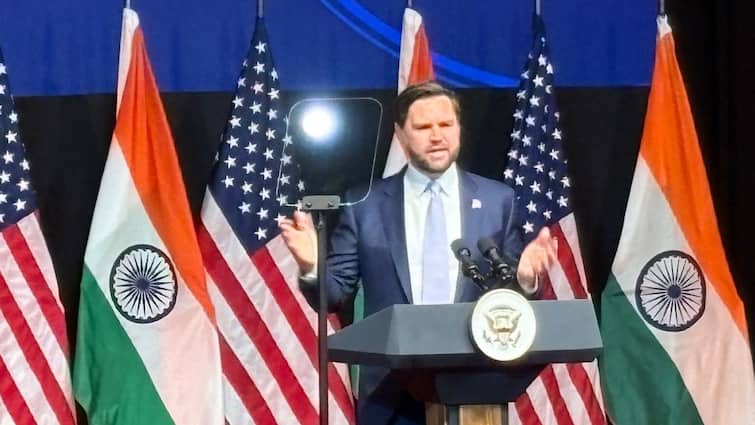
Vance In India: US Vice President JD Vance Tuesday once again expressed Washington’s intentions to sell the F-35 fighter planes to India even as he exhorted Delhi to eliminate all kinds of barriers to trade so that more and more American goods can find an easy entry into the Indian markets. This comes at a time when both sides are holding hectic talks to sign the proposed US-India Bilateral Trade Agreement (BTA).
This was the US Vice President’s first public address since arriving in India on Monday, along with his wife Usha Vance and three children. On Monday, Vance met Prime Minister Narendra Modi and they both discussed the contentious issue of trade and tariffs, including the ongoing talks for a US-India Bilateral Trade Agreement (BTA).
Ever since US President Donald Trump rolled out his so-called ‘Liberation Day’ tariffs on April 2, the global trading system has been rattled, roiling the markets. This, despite Trump’s 90-day pause on most tariffs he imposed on its trading partners — except that for China.
“Our administration seeks trade partners on the basis of fairness and of shared national interests … We want partners that are committed to working with American to build things not just allowing themselves to become a conduit for trans-shipping others goods,” Vance stressed, adding that “in India America has a friend” while speaking at the Rajasthan International Centre in Jaipur.
Vance vehemently denied the growing criticisms against Trump that his policy of imposing reciprocal tariffs on partner countries has given rise to “trade war” of sorts.
“Nothing could be further from the truth. He (Trump) seeks to rebalance global trade so that America, with friends like India, can build a future worth having for all of our people together,” said Vance while addressing a gathering of US lobby groups, Indian small and medium businesses, and academicians, among others.
Dressed in a deep blue suit, with wife Usha Vance staring on while seated on the front row, Vance said he was satisfied with his meeting with Prime Minister Narendra Modi in New Delhi on Monday, when they discussed the BTA.
“Both of our governments are hard at work on a trade agreement built on shared priorities, like creating new jobs, building durable supply chains and achieving prosperity for our workers. In our meeting yesterday, Prime Minister Modi and I made very good progress on all those points,” he said, highlighting that both sides finalised the terms of reference (ToR) for the BTA talks.
The ToR will lay down a roadmap for a “mutually beneficial, multi-sector Bilateral Trade Agreement negotiations,” said a statement issued by the USTR’s Office.
“This is a vital step towards realising President Trump’s and Prime Minister Modi’s vision because it sets a roadmap towards a final deal between our nations,” Vance said, making a case for why America needs to focus on production and reinvigorating rural economies.
Vance Talks Of F-35s & Non-Tariffs Barriers
Addressing the gathering in Jaipur, before taking off for Agra, Vance underscored the fact that India and the US have a close defence partnership.
“America does more military exercises with India than we do with any other nation on Earth… From Javelins to Stryker combat vehicles, our nations will co-produce many of the munitions and equipment that we’ll need to deter foreign aggressors, not because we seek war, but because we seek peace. We feel the best path to peace is through mutual strength,” said Vance.
He also lauded the fact that India will be hosting the Quad Summit this year. He hinted at the fact that the Quad Summit will be held in the fall, which is also the deadline to conclude and clinch the BTA.
The US considers India as its ally in its tirade against China. The US and India are close strategic partners and are also part of the Quad grouping, aimed at containing China’s rise in the Indo-Pacific region that also has Australia and Japan as its other members.
“Our interest in a free, open, peaceful and prosperous Indo-Pacific are in full alignment. Both of us know that the region must remain safe from many hostile powers that seek to dominate,” he said, taking a jibe at China.
Highlighting the fact that the US considers India as its ‘Major Defence Partner’, Vance pointed out that Delhi is one of the US’s “closest allies and friends”.
Making a case for more defence purchases from the US by India, he said New Delhi stands to “gain” by doing this.
“We want your nation to buy more of our military equipment which of course we believe is the best in class. America’s fifth-generation F-35 would give the Indian Air Force the ability to defend your airspace and protect your people like never before,” Vance said.
He added that he also met IAF officials during this visit and discussed the F-35 offer with them.
During Prime Minister Modi’s visit to the United States, both sides set a target to achieve bilateral goods trade worth $500 billion by 2030, from $210 billion at present. The aim, however, is to reduce the trade deficit that the US runs with India, which is to the tune of $45.7 billion. The US continues to remain India’s largest trading partner.
In that meeting, Trump had proposed the sale of F-35 to India but since then it did not gain much traction within India’s defence ecosystem due to its high cost.
While this is not the first time that Delhi and Washington are negotiating an ambitious trade deal — something that has been discussed even during Trump’s first tenure but collapsed — under the current talks, both sides are negotiating enhanced market access for each other on a wide range of goods and discussions are expected to go much beyond the remit of only tariffs, sources told ABP Live.
On April 2, India was slapped with 26 per cent tariffs even as officials on both sides are actively discussing the BTA. However, India, like other trade partners of the US have come under the 90-day pause but the tensions continue to simmer as the Trump administration continues to additionally push for selling expensive defence items to India, which Delhi cannot afford.
The BTA, the sources said, will cover goods, tariff and non-tariff barriers, rules of origin, standards, investments, customs facilitation as well as dispute settlement mechanism. This comes in the backdrop of a constant verbal assault from Trump, who keeps calling India “tariff king” and “tariff abuser”.
According to the sources, Washington has during Vance’s visit pressed for more market access in segments such as agricultural goods, auto and automobile components, medical devices and machinery, among others. Meanwhile, in the backdrop, a raging trade war between the US and China continues.
However, the sources said while both countries are discussing the possibility of an “early harvest”, in other words, clinching a trade deal before the official target of September-October, the negotiators are finding it “too hard”.
The idea to clinch an early deal is seen as a safeguard from future imposition of Trump’s so-called reciprocal tariffs, which will be followed-up by a bigger and a more comprehensive deal that will encompass trade in goods, services, as well as investments.
US Eyes Energy Exports To India
Vance also underlined US’ intention to ramp up energy ties with India while lauding the Indian government’s decision to amend the Civil Liability for Nuclear Damage Act.
“This administration recognises that cheap, dependable energy is an essential part of making things and is an essential part of economic independence of both our nations. America is blessed with vast natural resources and an unusual capacity to generate energy, so much that we will be able to sell it to our friends like India,” said the US VP.
He added: “Your nation will benefit from American energy exports and by expanding those exports. You will be able to build more, make more and grow more but at a much lower energy cost.”
Vance said the US wants India to explore its offshore natural gas reserves and in critical mineral supplies. “We have the capacity and we have the desire to help. We think energy co-production will help beat unfair competitors.”
Pushing for removal of non-tariff barriers on American energy exports, he said the matter was raised by him during his meeting with Modi. By amending the nuclear liability law, he said, the US will be able to export nuclear reactors to India.
Sitharaman Touring US
Meanwhile, Finance Minister Nirmala Sitharaman is on a US-tour where she will be discussing the granular modalities of the proposed BTA with the American interlocutors.
“The progress of the agreement or the trade agreement that we are working on, at least a first tranche is something which we hope to conclude positively by the fall this year,” Sitharaman, who is also former Commerce and Industry Minister, said at San Francisco while addressing the Indian diaspora there.
She also said: “The long and short of engaging with the US is not just for tariff related – this reciprocal tariff related matter – but in the interest of keeping an agreement in mind and in the interest of our largest trading partner with whom we need to have an agreement we are working in order that by fall this year we should at least have the first phase of the agreement signed.”
Sitharaman is on a five-day trip to the US, where she will join the spring meetings of the International Monetary Fund, World Bank, and the meeting of G20 Finance Ministers and Central Bank governors. She will also have a one-on-one meeting with her American counterpart, US Treasury Secretary Scott, and officials from the Office of the US Trade Representative (USTR).
In its April 2 readout, the USTR said: “Goals for the United States include increasing market access, reducing tariff and non-tariff barriers, and negotiating a robust set of additional commitments to ensure long-term benefits.”
The writer is an senior independent journalist.
Doonited Affiliated: Syndicate News Hunt
This report has been published as part of an auto-generated syndicated wire feed. Except for the headline, the content has not been modified or edited by Doonited




